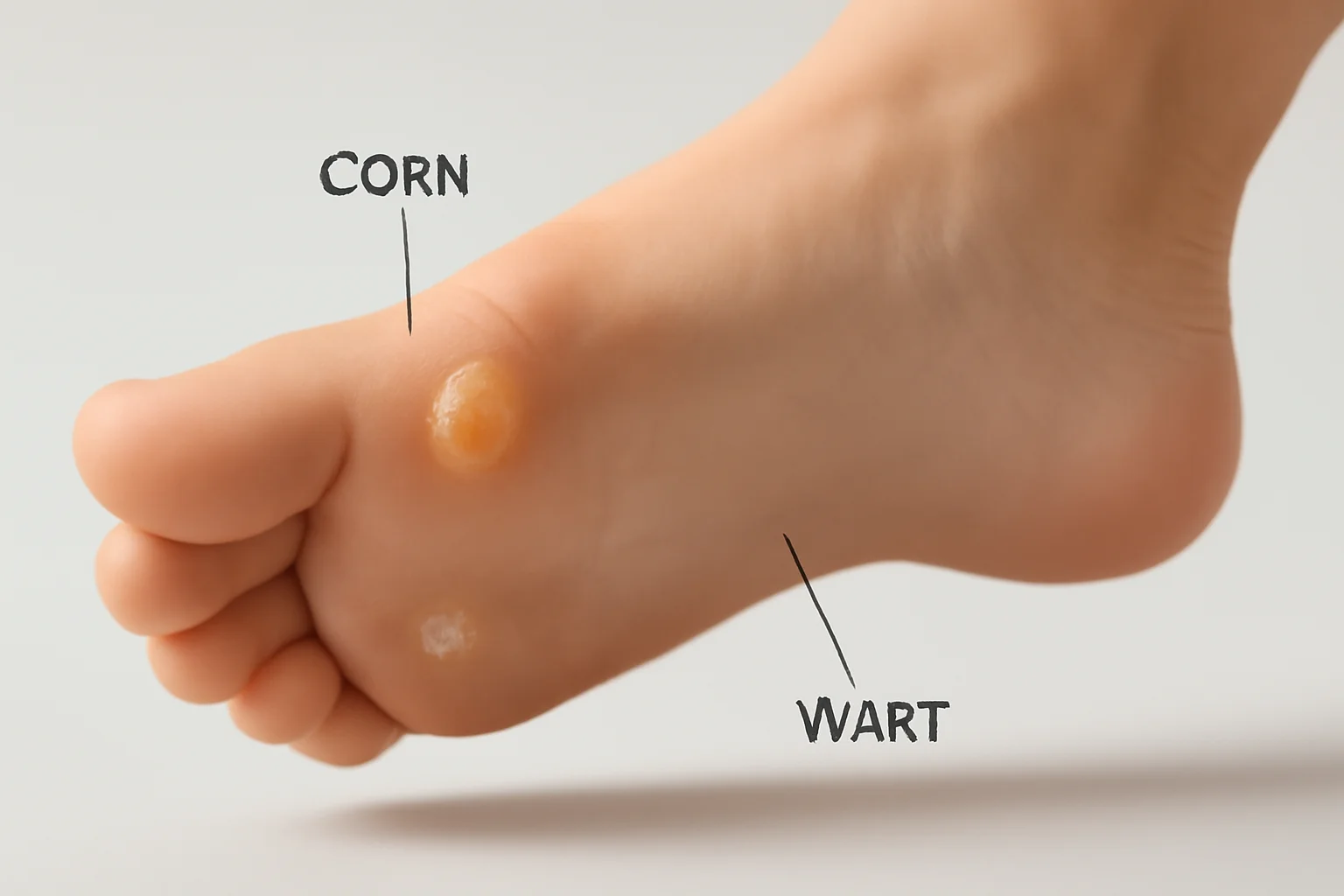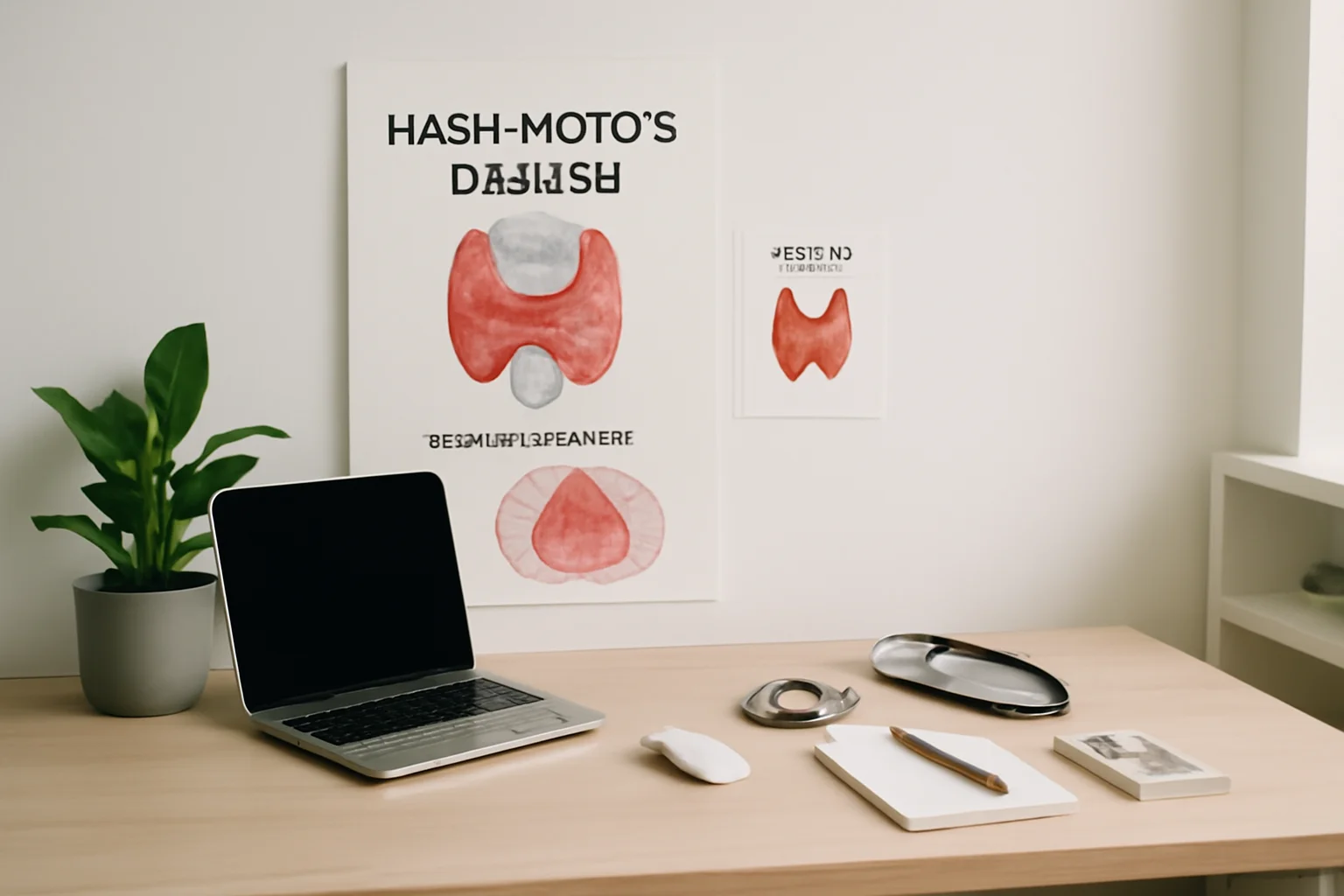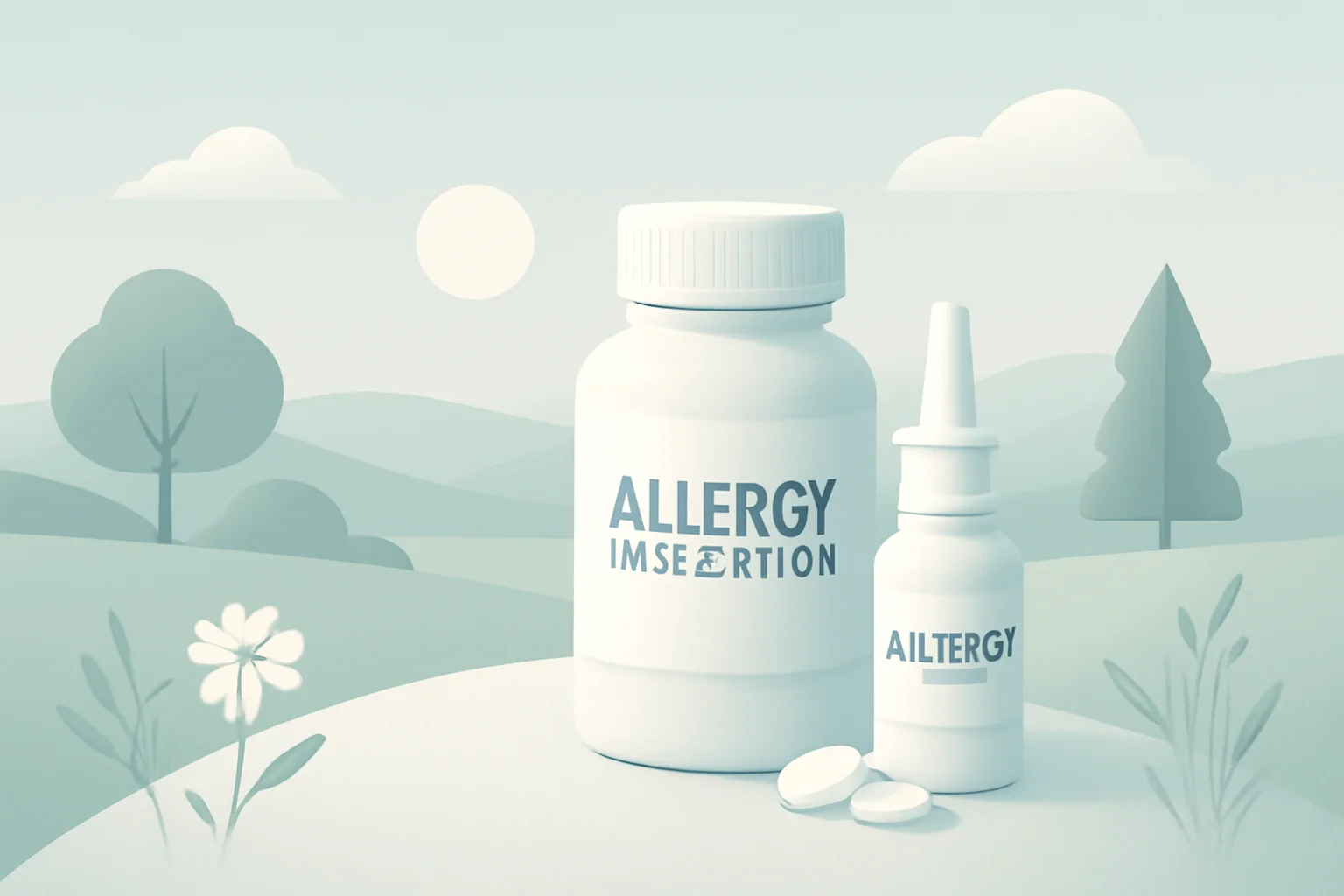
Corn or wart? How to distinguish between them?
The corn and wart are common skin problems that affect many people’s lives. Both are skin lesions, but there are several differences between them that are important for choosing the appropriate treatment. A corn typically develops in the upper layer of the skin and is usually found on the feet, particularly on the soles, between the toes, or on the heels. In contrast, warts are of viral origin and can appear on various parts of the skin, including the hands and face. It is important to be aware of the differences, as incorrect diagnosis or inappropriate treatment can worsen the problem.
The causes of corn and wart formation are different and can be influenced by various factors such as skin condition, hygiene habits, and environmental effects. Due to the protective function of our skin, the appearance of different lesions is a common phenomenon, but with the right information, we can manage them more easily. The aim of this article is to help understand the differences between corns and warts, their causes, symptoms, and treatment options.
What is a corn?
A corn is a skin problem characterized by thickening of the skin, usually as a result of pressure or friction. It most commonly develops on the soles of the feet, between the toes, or on the heels. The formation of a corn is often linked to wearing inappropriate footwear, whether it be shoes that are too tight or, conversely, loose shoes that can rub against the skin. Additionally, the condition of the skin on our feet and the shape of our feet can contribute to the development of corns.
Corns are usually painful, especially when pressure is applied. The thickened skin is solid, and there is typically a hard, white area in the center. Due to the pain and discomfort, many seek solutions to eliminate the corn. During treatment, it is important to consider the underlying causes, as failing to change footwear habits can lead to the recurrence of corns.
Corns can be treated in several ways. One of the most effective methods is prevention: choosing appropriate footwear, moisturizing the skin on the feet, and regular foot care can help avoid the development of corns. If a corn has already formed, various home treatment methods exist, such as corn removal patches, exfoliants, or soaking the feet in warm water. In more severe cases, it is advisable to consult a doctor who can professionally remove the corn.
What is a wart?
Warts are skin lesions of viral origin caused by the human papillomavirus (HPV). These growths typically appear on the surface of the skin and can occur in various shapes and sizes. Warts are most commonly found on the hands and feet, but they can also appear on the face and neck. Warts are generally rough to the touch and are very similar in color to the surrounding skin, although they can also be darker.
The spread of warts can occur easily, as the virus can be transmitted through skin contact or indirectly, such as through a shared towel or bathroom floor. Warts are usually not painful, but they may itch or irritate the surrounding skin. In many cases, removal of warts is not necessary, as the body’s immune system can eliminate them, but if they are bothersome or painful, various treatment options are available.
There are several methods for treating warts. The most common home treatment involves topical medications that may contain salicylic acid, which helps in the removal of warts. Treatment methods used by doctors include freezing (cryotherapy), laser removal, or surgical intervention. It is important to note that since warts are of viral origin, there is a likelihood of recurrence, so it is advisable to pay attention to hygiene habits for prevention.
Differences between corn and wart
Although both corn and wart are skin lesions, there are several differences between them that are worth considering for proper diagnosis and treatment. The first and foremost difference is the cause of their formation. While a corn results from thickening of the skin due to pressure or friction, warts are of viral origin, with the human papillomavirus (HPV) responsible for their appearance.
Their appearance also differs: a corn is generally a hard, solid skin lesion located on the sole or between the toes, while warts are rough to the touch and can appear on various skin surfaces. The sensation of pain also varies: a corn is often painful, especially when pressure is applied, while warts typically do not cause pain, although they may cause irritation.
The treatment methods also differ: the prevention and treatment of corns mainly involve changing footwear and foot care, along with home treatment methods, while warts may require antiviral medications, freezing, or laser treatment for removal. It is important to consult a specialist for proper diagnosis and treatment if dealing with any skin problem.
With this information, we can better understand the differences between corns and warts and choose the appropriate treatment accordingly.
**Warning**: This article does not constitute medical advice. If you have a health problem, please consult a doctor.

